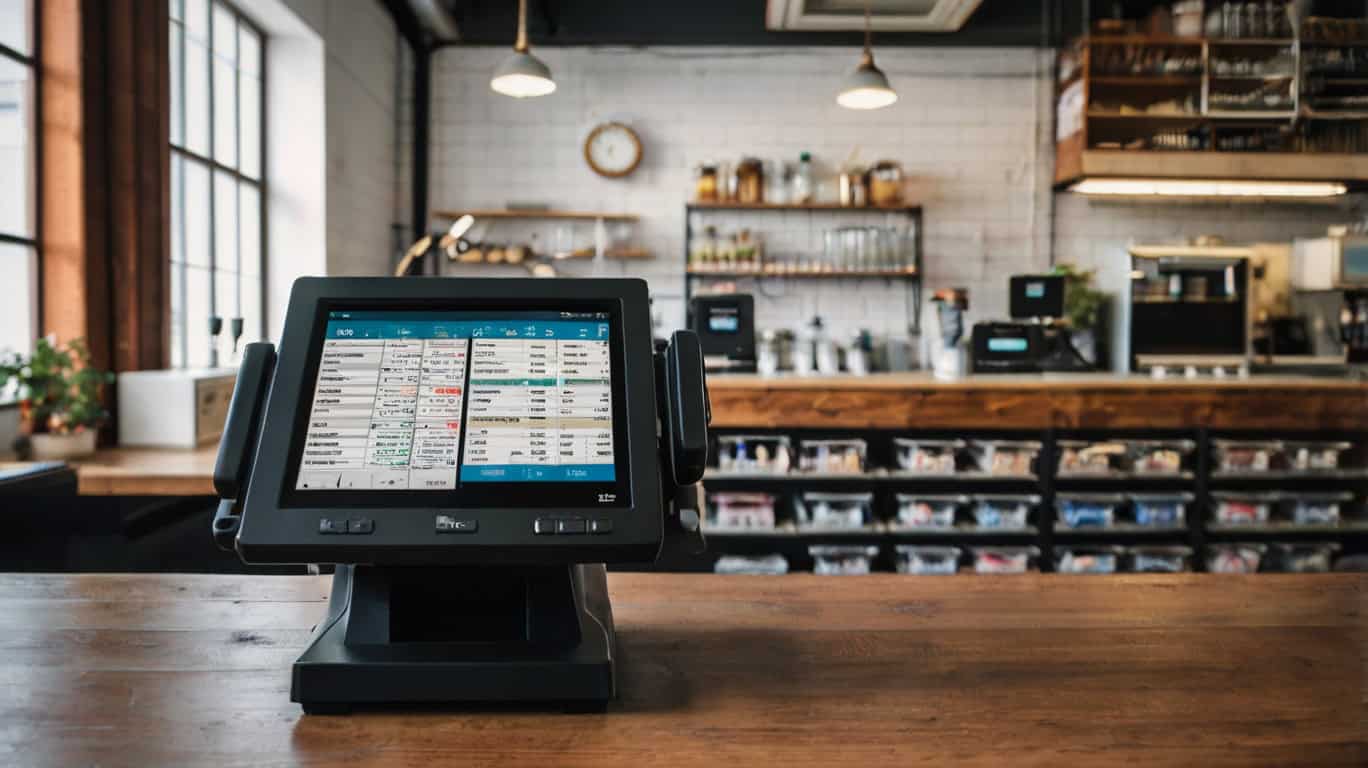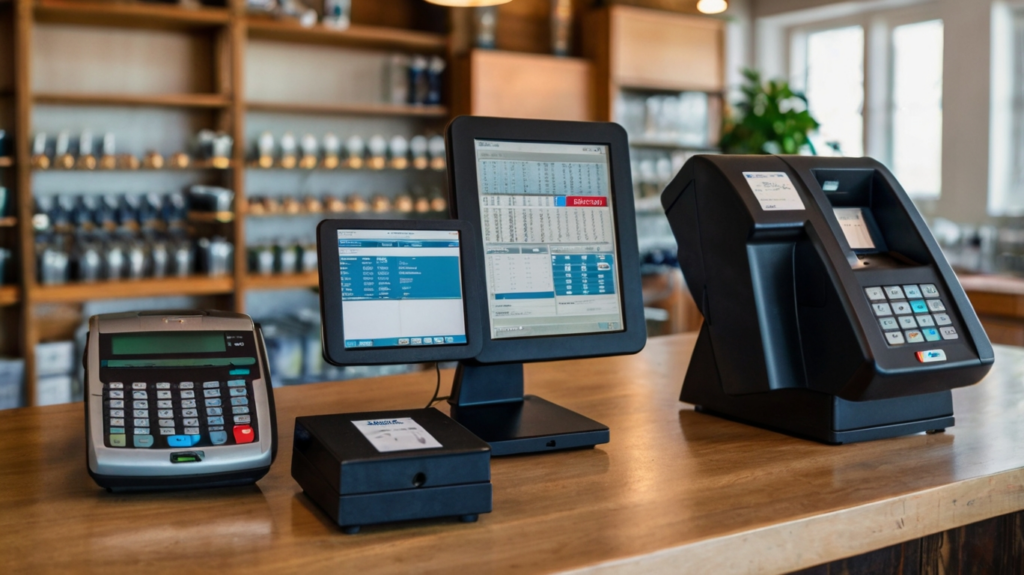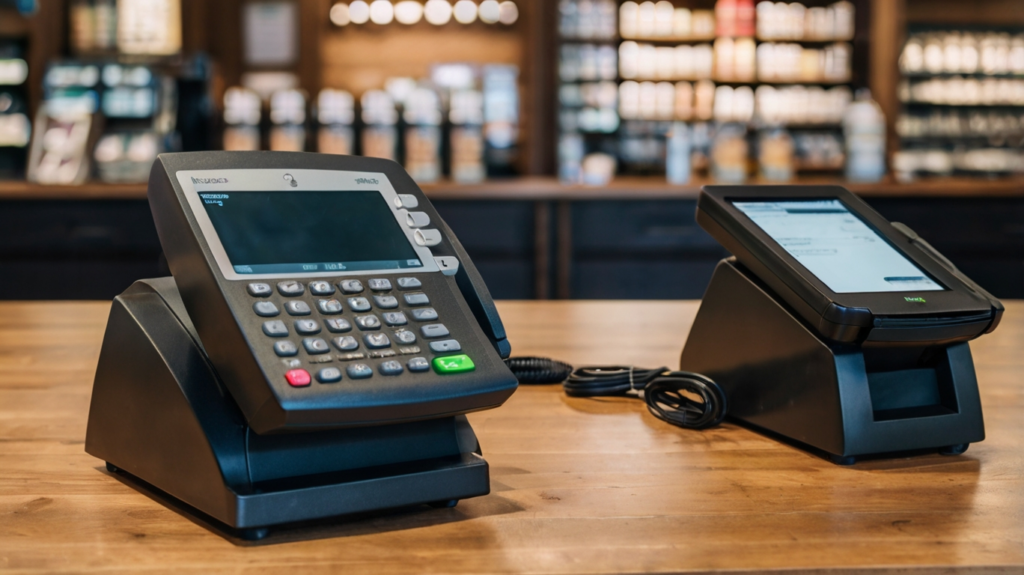
By Catharine Proctor June 26, 2025
A POS system is a step ahead of the traditional cash register. It allows it to process transactions, mange stock, your staff, and it can even offer you with necessary analytics. Whether it be restaurants, retail stores, or salons & gyms, POS systems efficiently manage businesses and increase sales.
However, your business may not keep the real cost of a POS system in mind. Although the initial pricing might sound fair, after-the-fact, hidden fees always crop up post-installation. They can sneak into your monthly expenses and cause your operating budget to go off-track.
In-depth knowledge of these hidden costs of POS system beforehand can help you avoid unanticipated costs along with the long-term contracts, which can take away from your profits.
In this blog, we will understand the top 5 most frequent hidden costs of POS systems, while giving you some tips to avoid these costs, so you can pick that perfect, powerful and pocket-friendly POS solution.
Hidden Cost #1: Hardware Fees That Add Up Quickly
Perhaps the most common hidden cost of POS systems that flies under the radar is the cost of the hardware itself. The software often gets the attention, but hardware is an expensive recurring cost too.
The Illusion of “Free” Hardware
A lot of POS providers tempt businesses with promises of free hardware, but here is what you should know:
- These deals are typically multi-year contracts or contracts with high payment processing fees.
- You may end up paying much more over time than if you bought the hardware outright.
The hardware may be “free,” but the long-term price could be heavy.

Add-On Devices and Peripherals
Base POS packages often include just the essentials—leaving out many critical peripherals, that add to the hidden costs of POS system.
- Printers, barcode scanners, kitchen display systems, tablets, or EMV terminals are often an additional investment.
- Such add-ons can add up to the total cost quickly, especially if there is a larger setup, or if it is about a niche like restaurant etc.
Replacement and Maintenance Costs
All hardware is subject to wear and tear and some parts may need replacement in a year or two.
- With proprietary hardware, you are sometimes locked by the vendor’s replacement pricing.
- If regular maintenance and technical support is not included in the basic plan, it will soon become costly.
How to Avoid It?
So how to avoid the hardware hidden costs of POS systems?
- Ask for a complete hardware list upfront, including brand names and model numbers.
- Ask for a total cost of ownership (TCO) over 3–5 years, to compare systems fairly.
- Select POS solutions with open compatibility (USB, Bluetooth or Android/iOS) to avoid vendor lock-in and help facilitate inexpensive upgrades.
Hidden Cost #2: Software Subscription and Licensing Fees
Software costs can often be the actual biggest long-term hidden costs of POS systems.What seems like a low monthly fee can snowball as your business scales or requires advanced features.
Tiered Pricing Models
The majority of the POS platforms are set up on tiered pricing model.
- So the basic plan may be budget-friendly at first glance, but it leaves off important features like inventory management and CRM/loyalty program or robust analytics.
- If you do upgrade to access these and other tools, your monthly fees can be easily double or triple the base prices.
Per-User or Per-Terminal Charges
Many vendors charge per user or per terminal, which can add up fast.
- If you grow or start another location, plan to pay more in recurring bids.
- Some POS companies will even charge extra for admin roles or backend access. So this can be also one of the hidden costs of POS systems.
Custom Feature Integration

Want your POS system to integrate with third-party apps and CRMs?
- A lot of platforms will charge you for plugins, or access to the API, or third-party integrations.
- Custom development or support for unique business needs can become a significant expense.
How to Avoid It?
To control these hidden costs of POS systems:
- Confirm what’s specifically included in your monthly plan — and that includes “must-haves” such as inventory and staff management.
- Ask for a feature list across their pricing tiers to see what is missing at each level.
- Be sure to figure out you annual software costs for all users, terminals and integrations before you regret getting “locked in” to a contract.
Hidden Cost #3: Payment Processing Fees
Payment processing fees are among the biggest hidden POS systems costs. These are often not disclosed in full until you are in a binding contract, so you end up with surprise deductions from every sale.
Bundled vs. Interchange-Plus Pricing
There are two models most POS providers offer:
- So the first is bundled pricing. With bundled pricing, interchange fees and processor markups are marked up in a single rate, making it harder to understand what you’re really paying.
- These add-ups tend to fluctuate, and are generally higher than what they need to be, especially for small businesses.
- Interchange-plus pricing is the more transparent model because the actual card network fees are segregated from the processor’s markup.

Minimum Monthly Processing Requirements
Some contracts have minimum volume provisions and these can be of the hidden costs of POS system:
- You may pay a penalty or surcharge if your monthly card transactions dip below a specific amount .
- That can be a risk in the off-season or for smaller businesses with variable sales.
Chargeback and PCI Compliance Fees
POS systems with payment processor integration can cost for:
- Chargebacks, with fees ranging from $15 to $100 per case.
- PCI non-compliance penalties, if your system fails to meet data security standards.
These hidden fees can erode profits over time.
How to Avoid It?
Here are some ways to manage these hidden costs of POS system:
- Know the processor’s pricing model — i.e., if they offer bundled or interchange-plus pricing.
- You should negotiate lower transaction rates, particularly if you process a high volume.
- Make certain your POS system is PCI-compliant and that you’re in compliance with necessary security protocols.
Hidden Cost #4: Installation, Setup, and Training
Another often-overlooked hidden cost of POS systems is the upfront setup—everything from installation to employee training.
Initial Setup and Configuration
Many vendors charge setup fees for:
- On-site installations, networking, and device syncing
- Or remote setup services, like configuring settings, tax rules, and payment methods
These costs may not be mentioned until after you’ve signed up.
Data Migration and Customization
If you’re switching from an old POS system:
- Migrating product catalogs, customer profiles, and historical data can be time-consuming—and often comes with extra charges
- Some systems limit interface customization unless you pay for premium support or development

Staff Training and Onboarding
Training your team adds another layer of hidden expense:
- Some systems require paid training sessions or charge for onboarding new hires
- Lack of user-friendly design may increase training time and cost
How to Avoid It?
To steer clear of setup-related hidden costs of POS systems:
- Ask directly if setup and training fees are included
- Choose platforms that offer free tutorials, documentation, and webinars
- Opt for intuitive POS systems that require minimal staff training
Hidden Cost #5: Long-Term Contract Commitments and Termination Fees
Many POS vendors lock you into contracts that are expensive to exit, adding more hidden costs over time.
Multi-Year Contracts with Exit Penalties
- Contracts often span 2 to 5 years, with early termination fees if you try to cancel
Some charge the remainder of the contract term, even if you stop using the system
Equipment Leasing Traps
- Leasing seems cheaper upfront, but over time, leased hardware may cost more than buying
- If you cancel, you may still be responsible for returning equipment or paying off the lease
Software Lock-In or Data Portability Issues
- Switching providers isn’t easy when your data is locked
- You may face fees for data export or reconfiguration on new systems

How to Avoid It?
To dodge these long-term traps:
- Opt for month-to-month contracts when possible
- Read the fine print carefully—especially exit clauses
- Confirm that you own your data and can export it freely
Conclusion
You need to know the hidden costs of POS systems that can eat your profits. While the upfront sticker price may seem low, hidden fees for hardware, software upgrades, payment processing, setup and long-term contracts can quietly eat away at your budget. By asking the right questions from the beginning, and paying attention to every detail, you will select a POS system that is transparent, scalable and genuinely cost-effective. Always ask for a total cost breakdown, and never sign a long-term agreement without testing the system.
Frequently Asked Questions
1. What is the most common hidden cost in POS systems?
The most common hidden cost is payment processing fees, especially under bundled pricing models with unclear markups.
2. Are free POS systems really free?
Not entirely. They often come with limited features, expensive add-ons, or higher transaction fees to offset the “free” offering.
3. How can I avoid long-term POS contracts?
Choose vendors that offer month-to-month plans, and always read the termination clause before signing.
4. Is it better to lease or buy POS hardware?
Buying is usually more cost-effective in the long term, while leasing may come with hidden fees and ownership issues.
5. What should I ask a POS provider before signing up?
Ask about all setup fees, software tier details, processing rates, contract terms, and data export policies to avoid surprises.